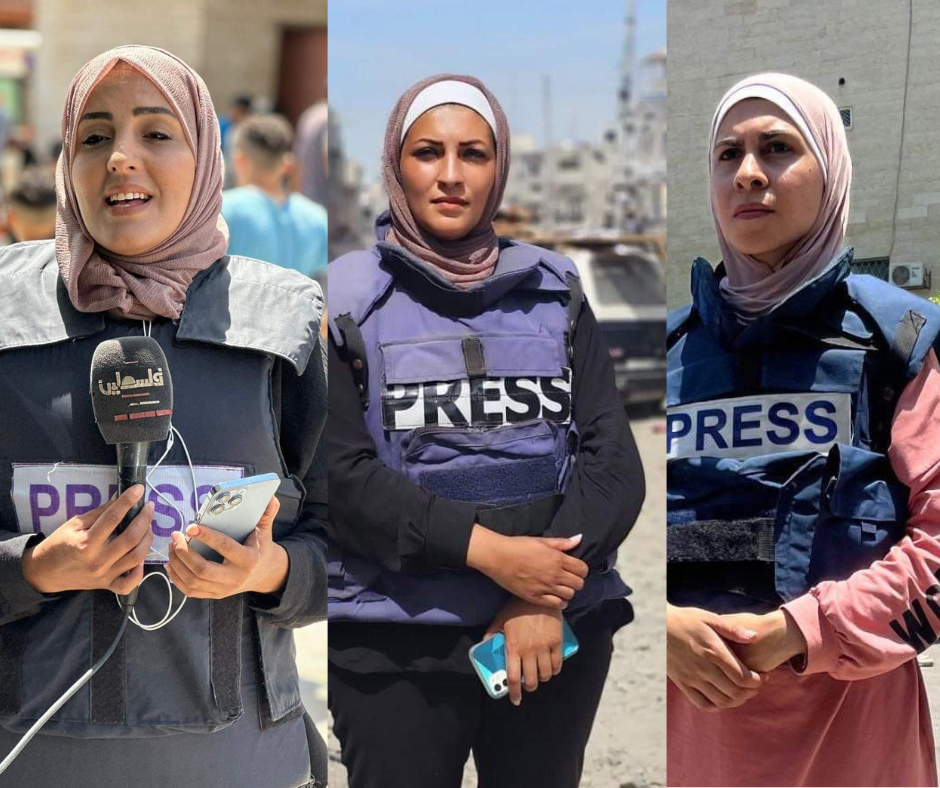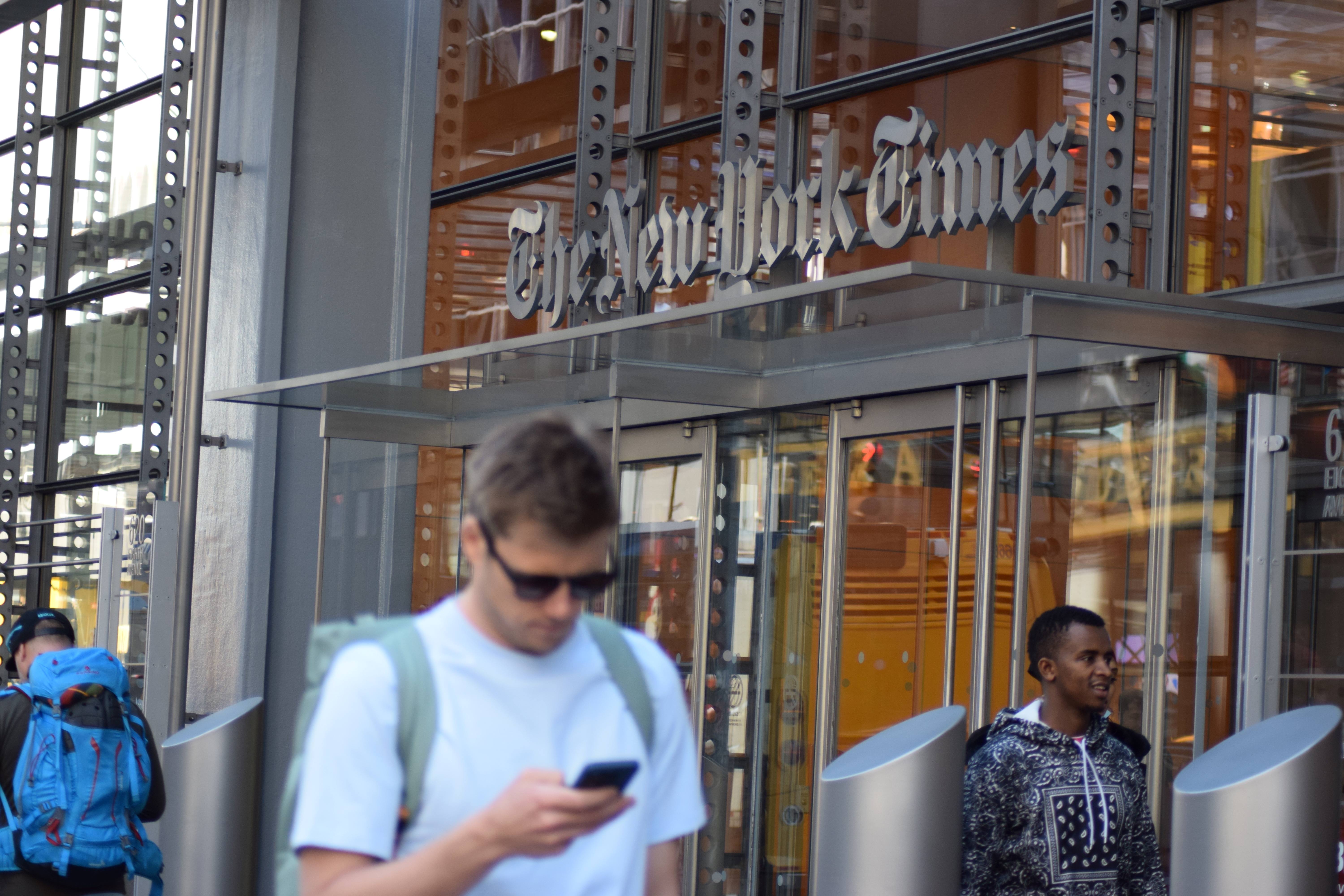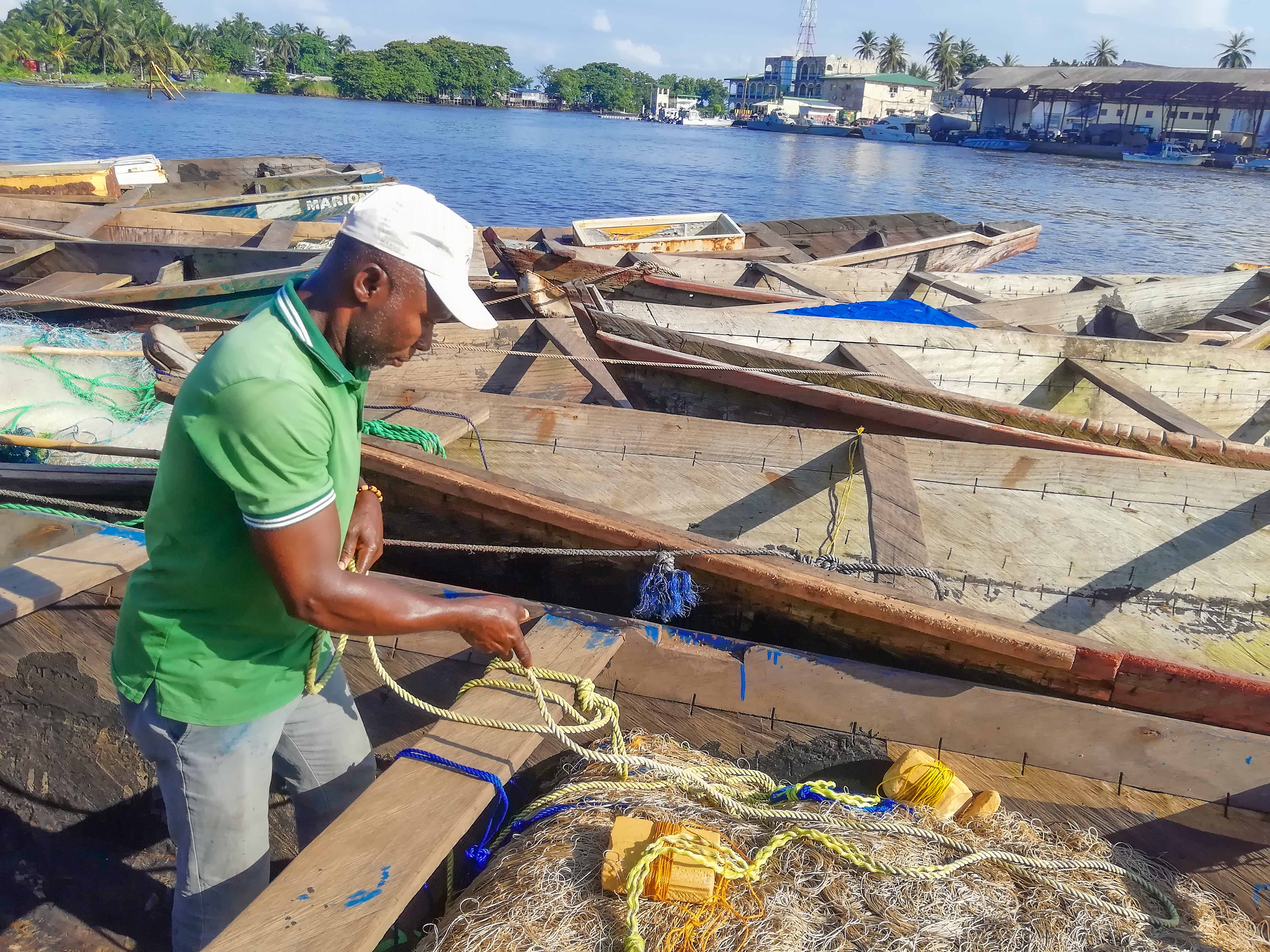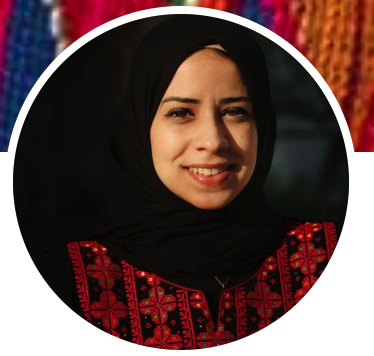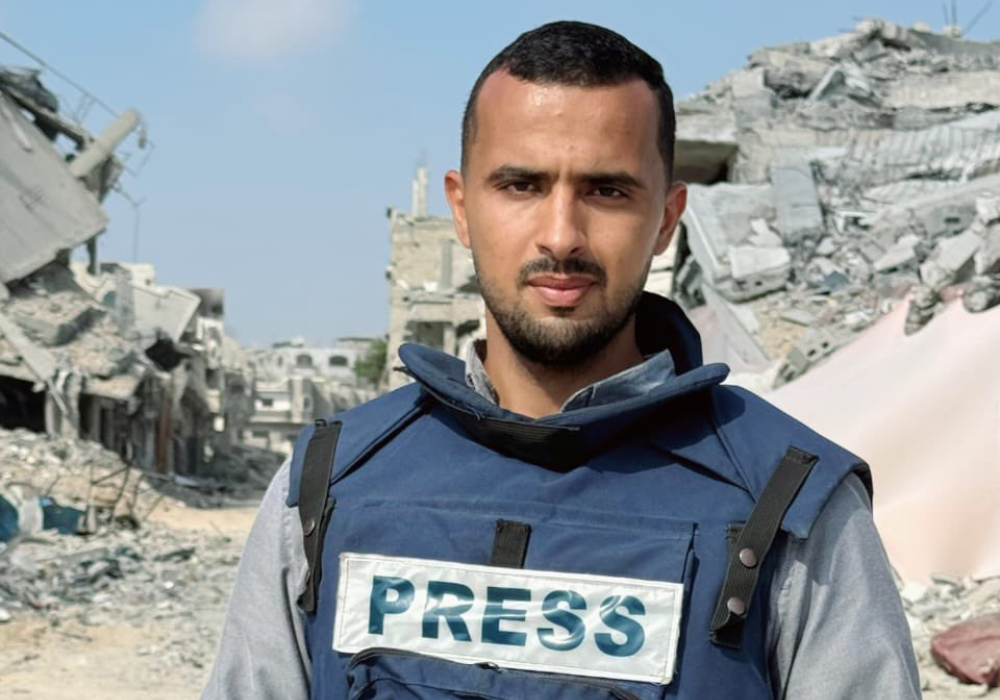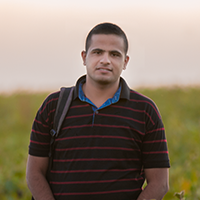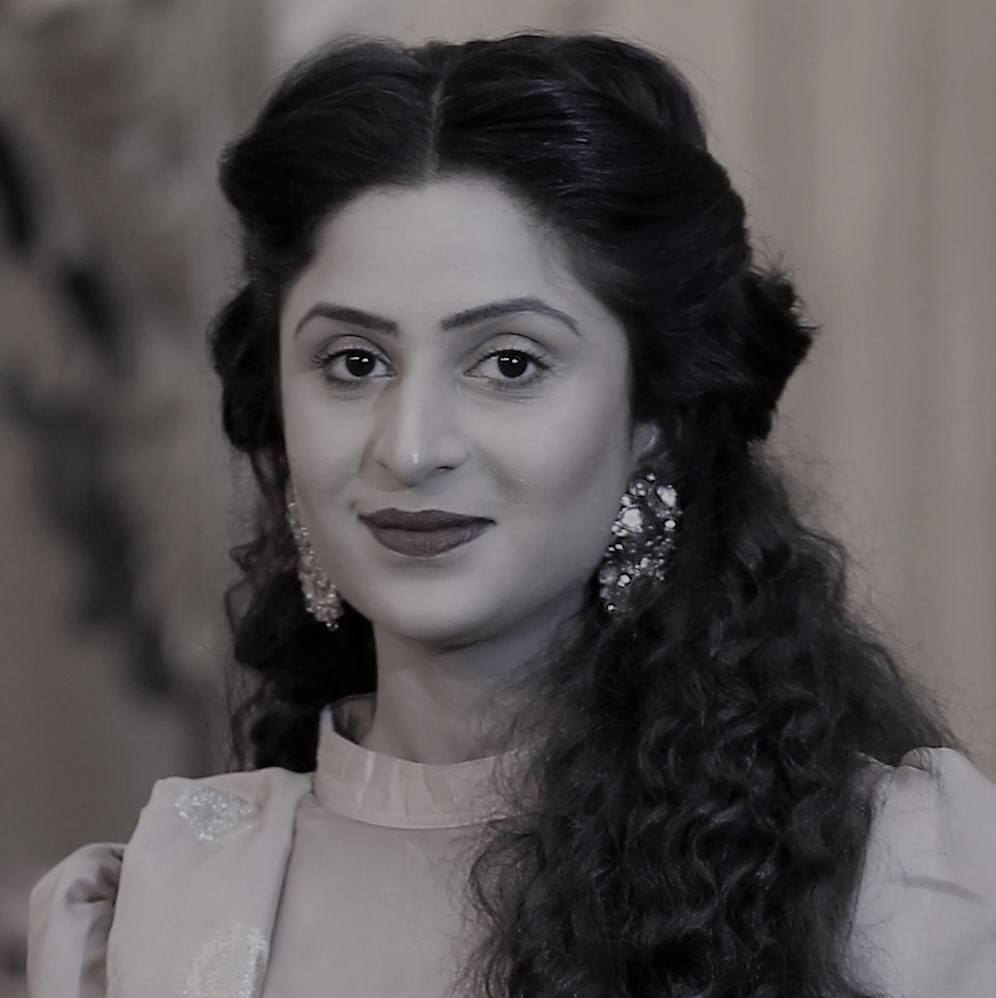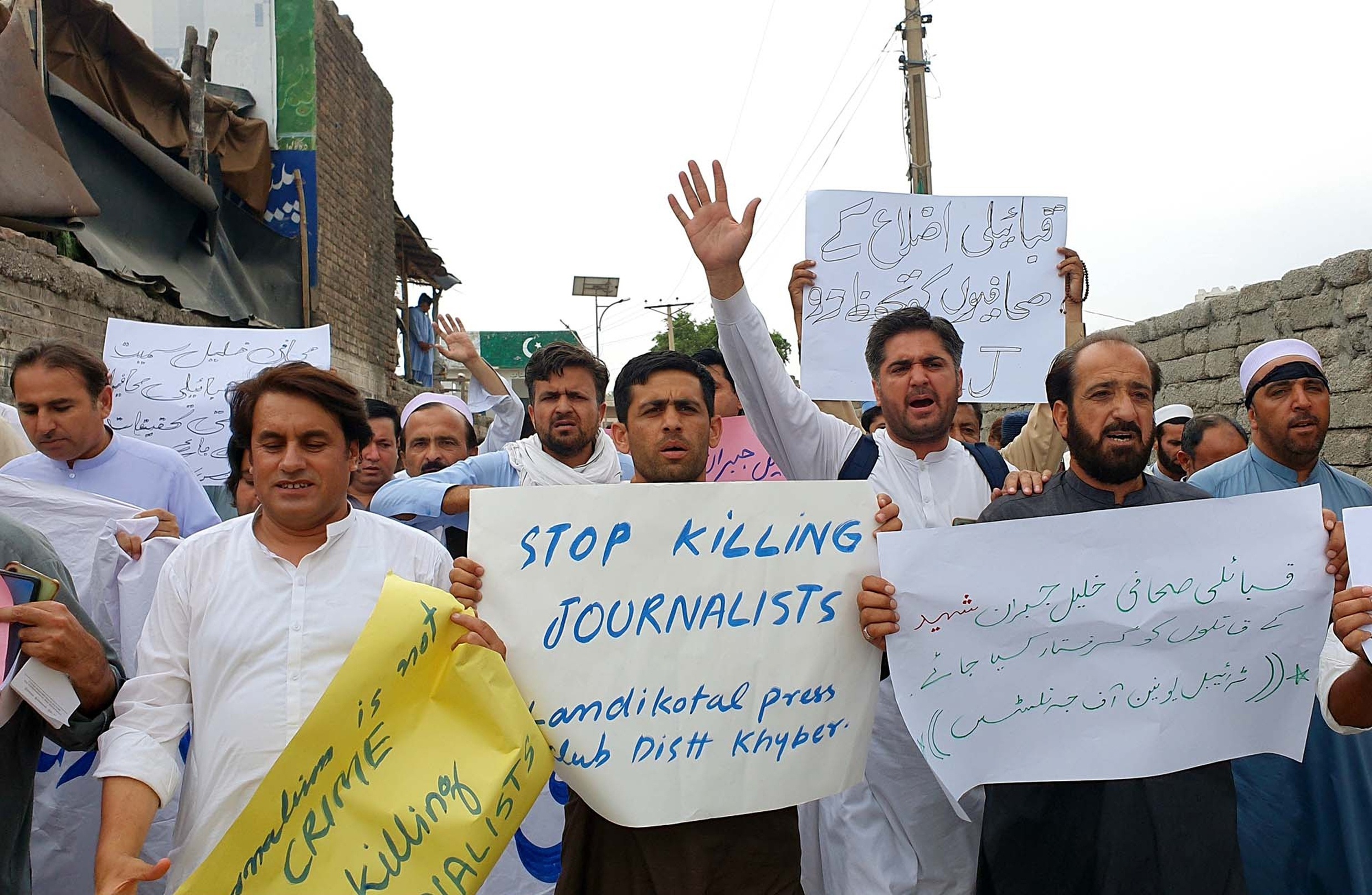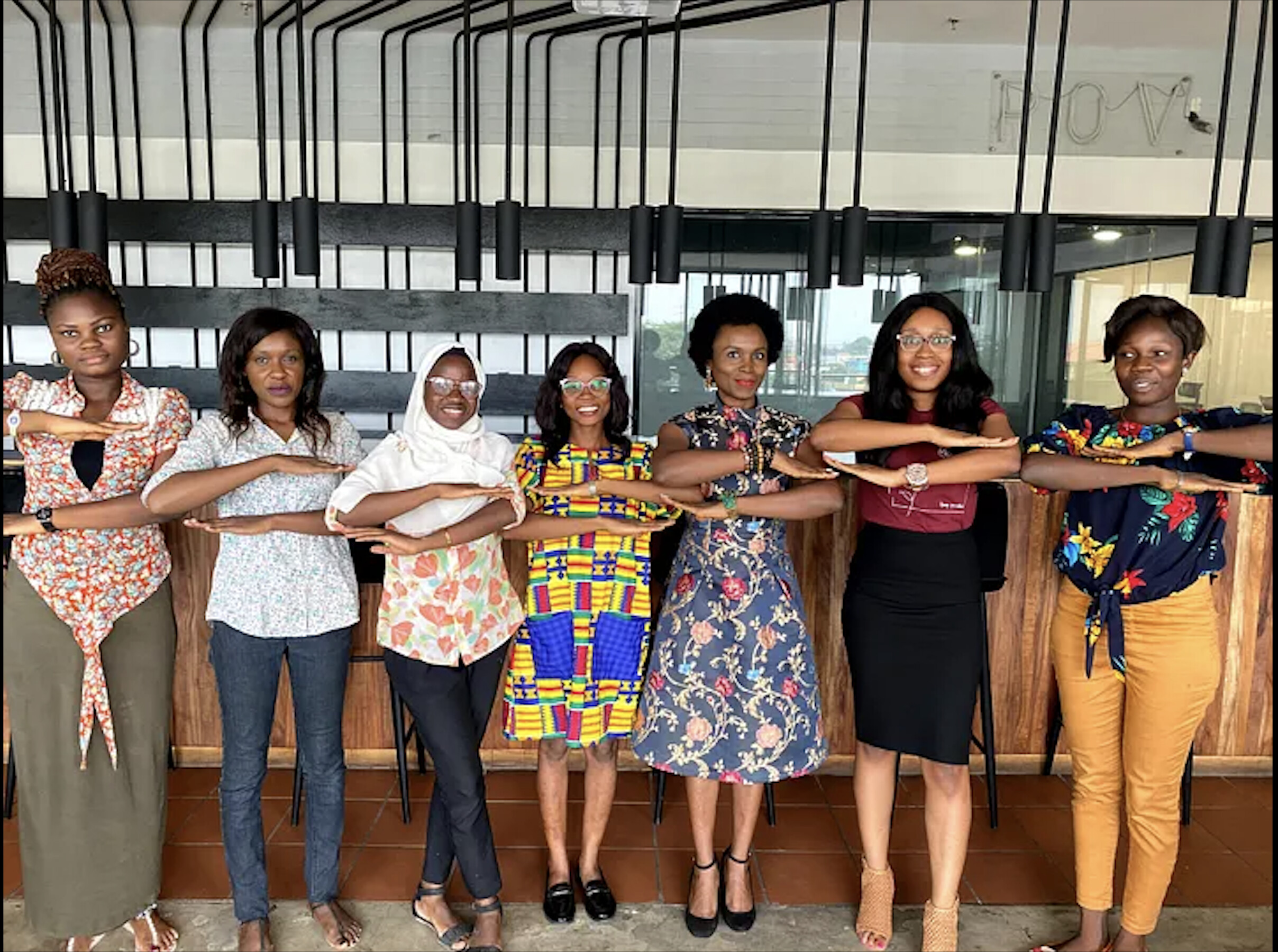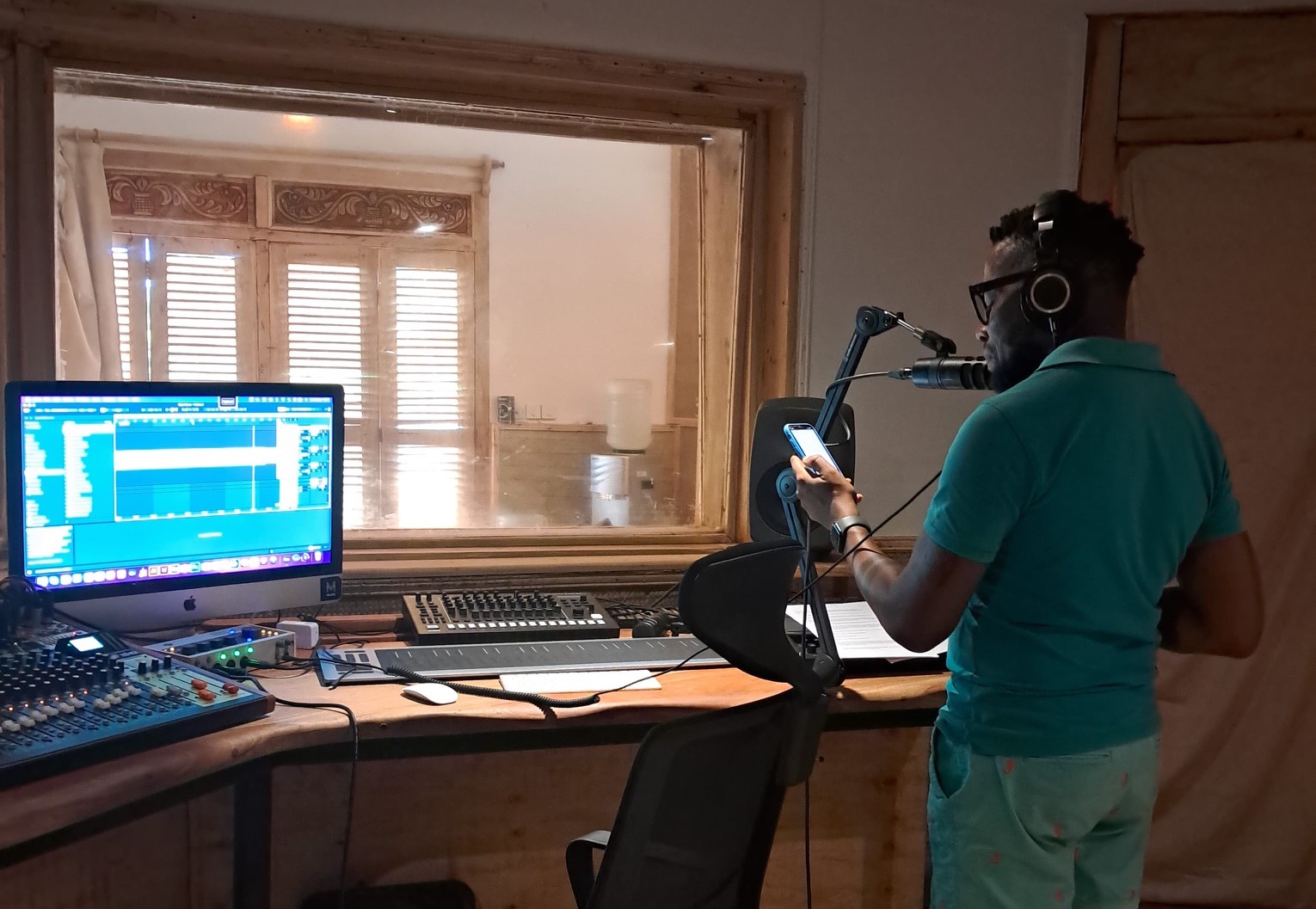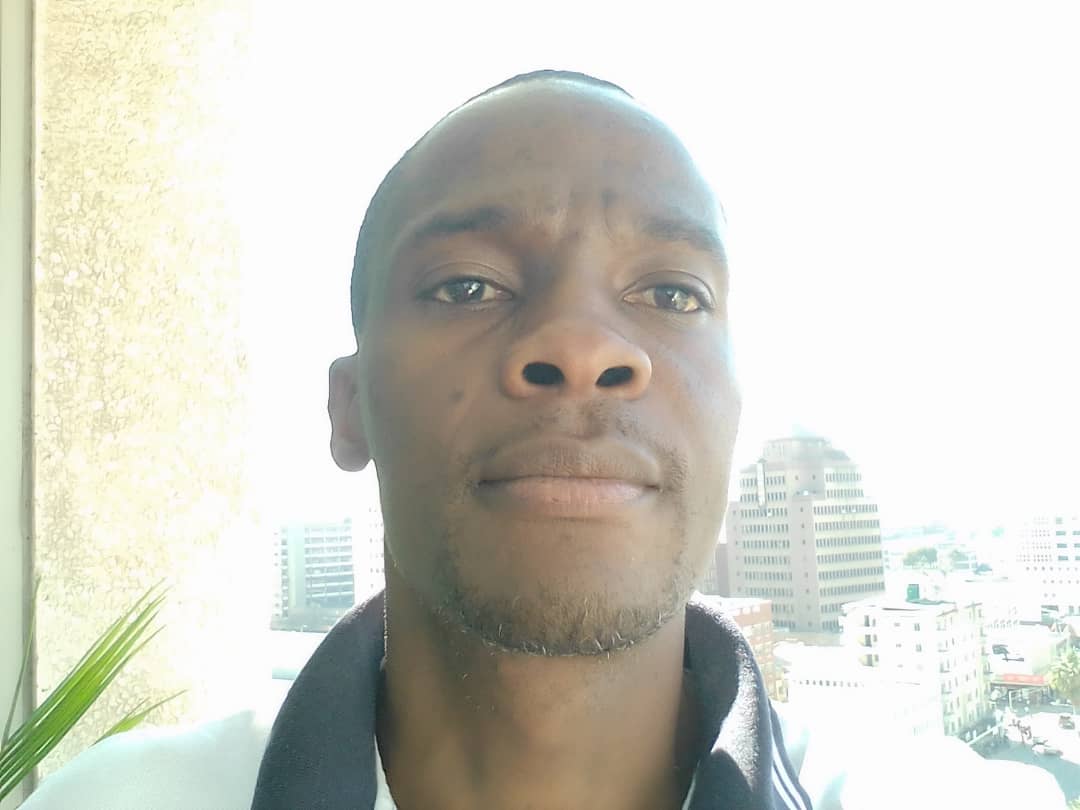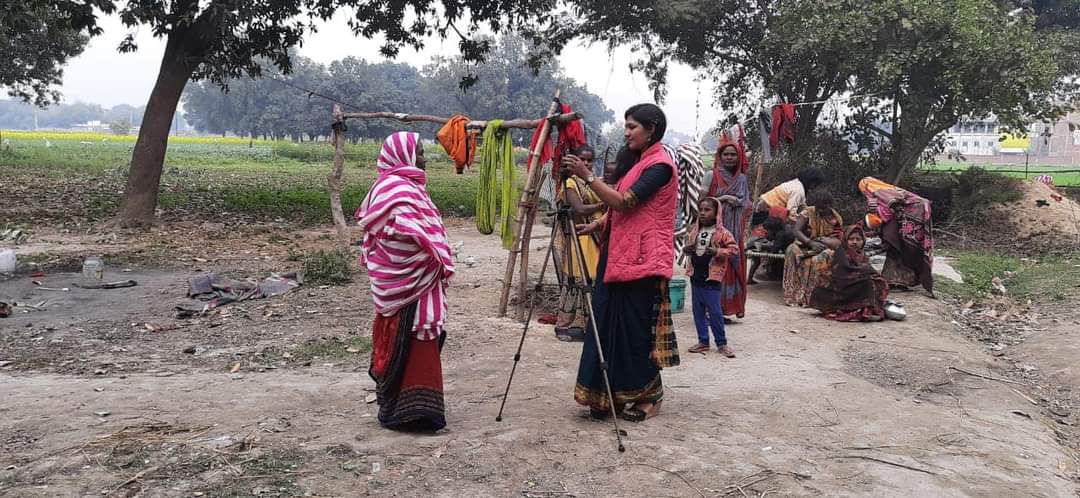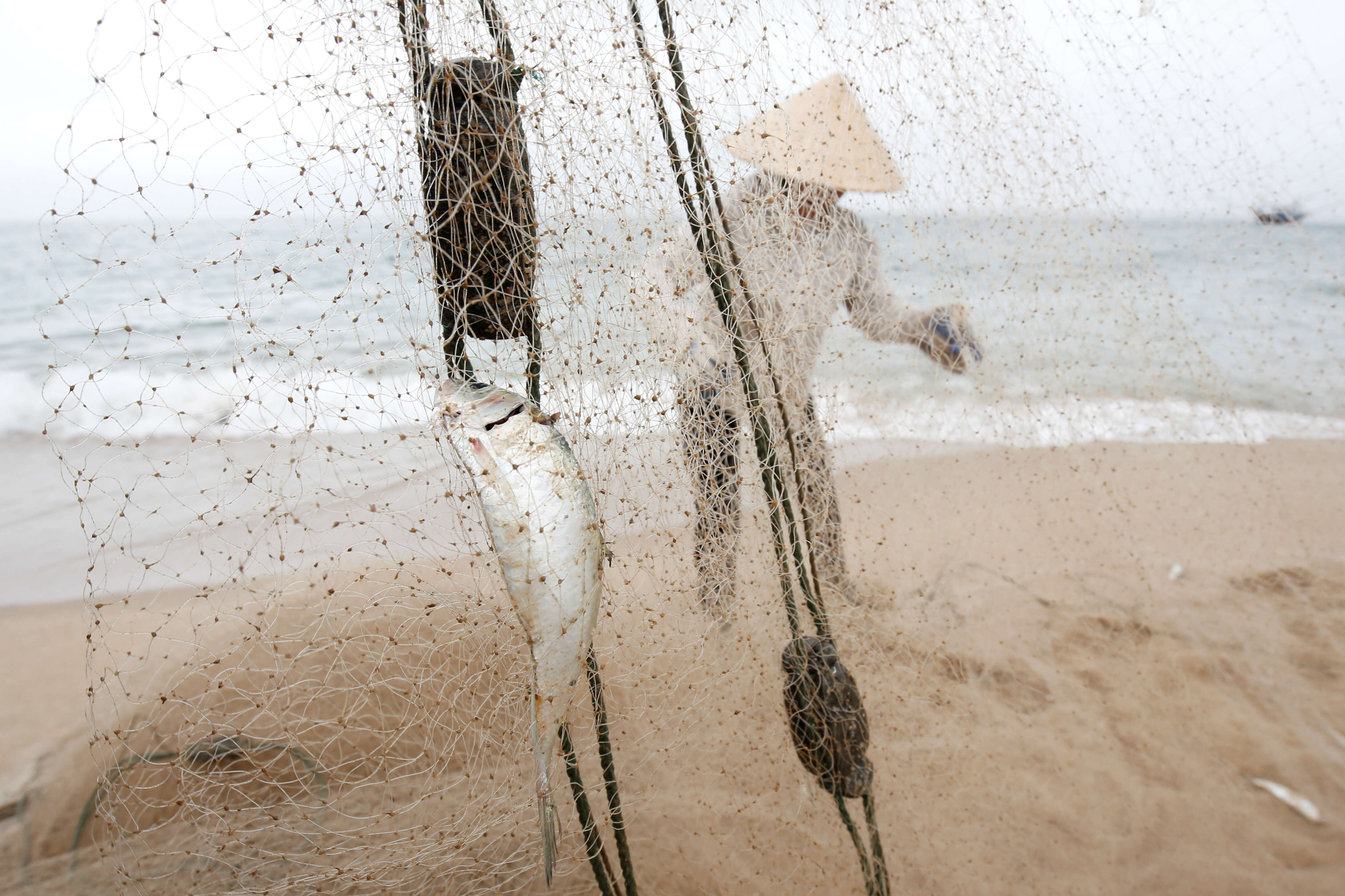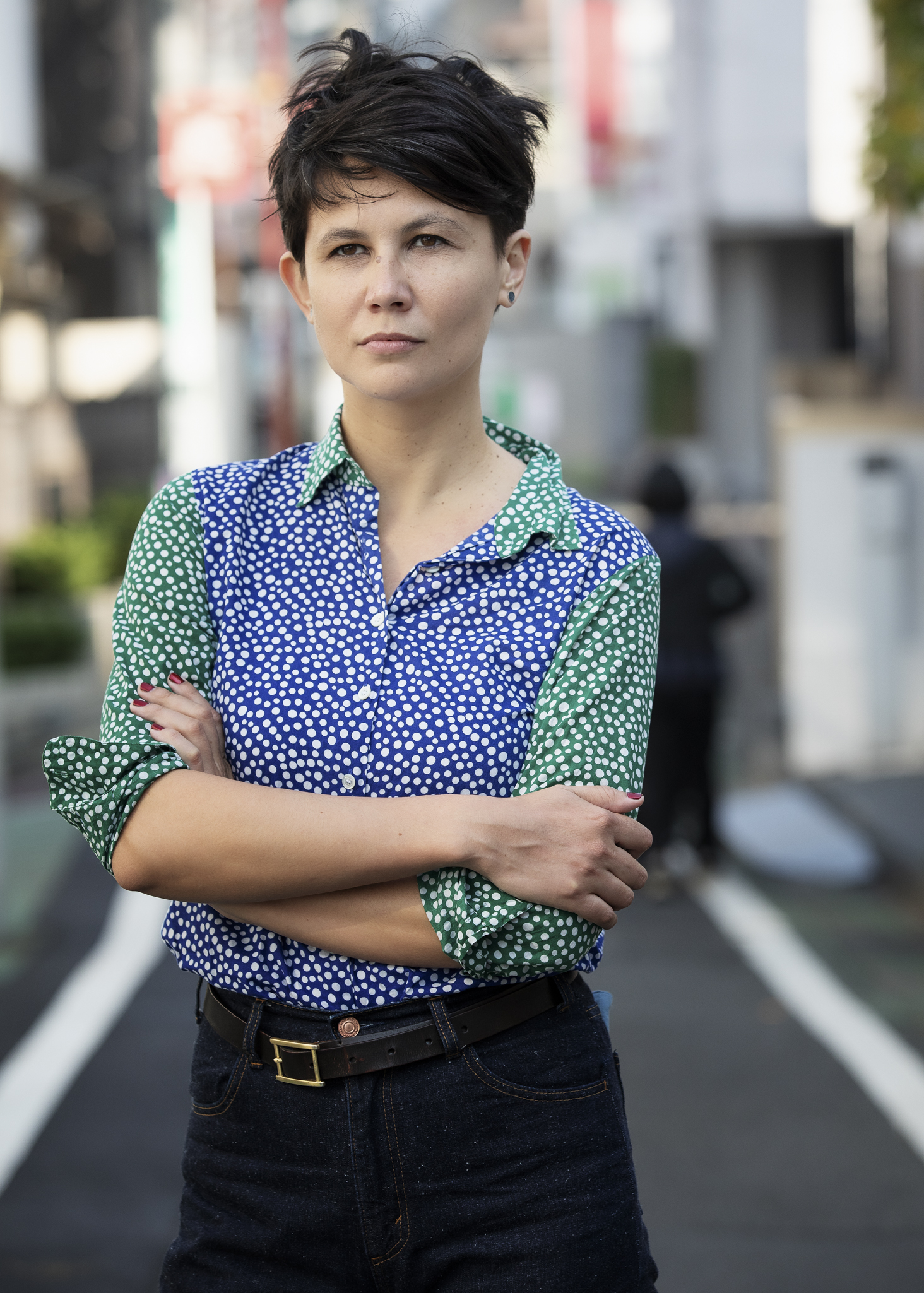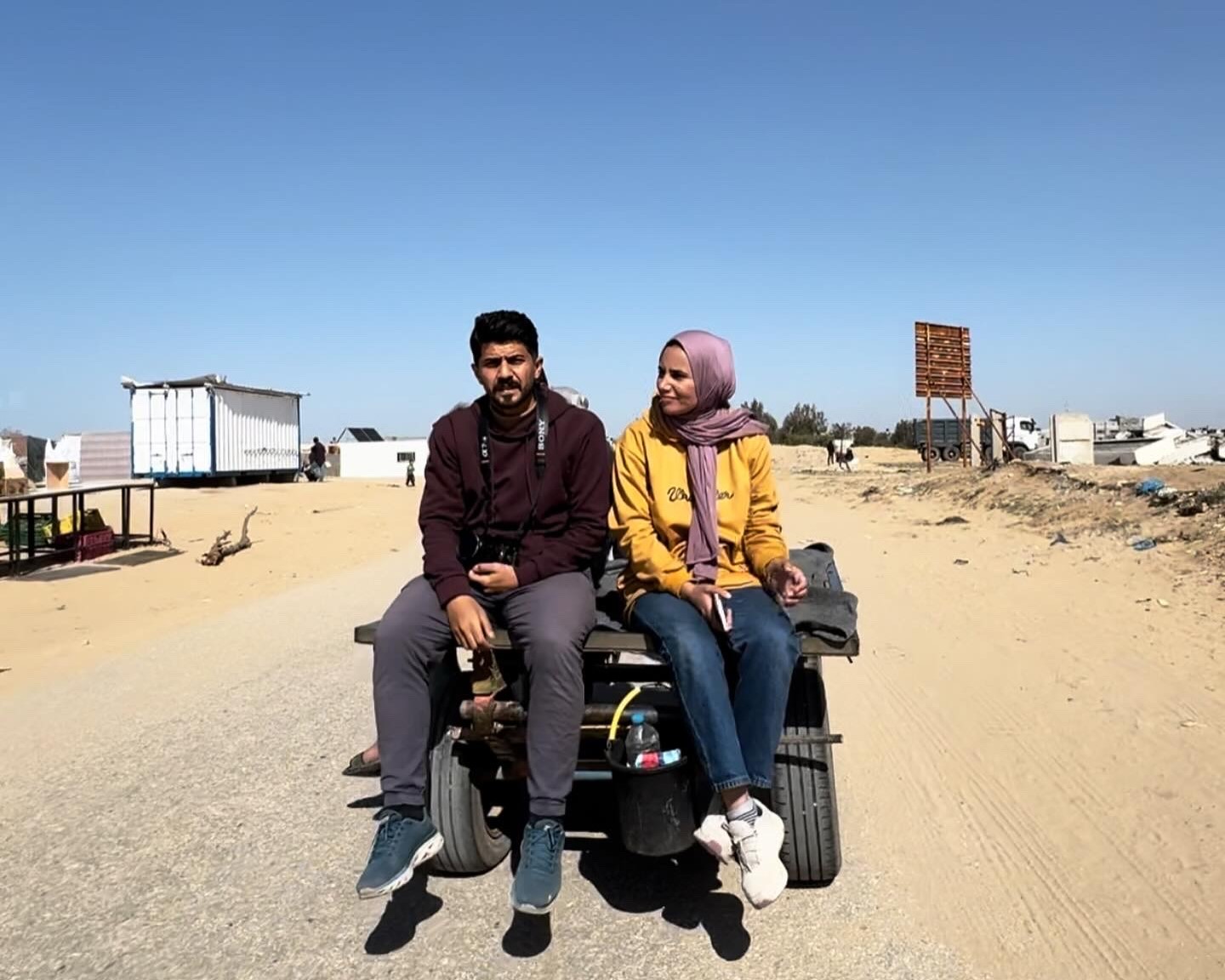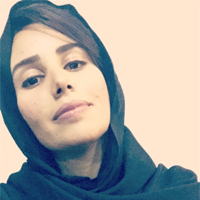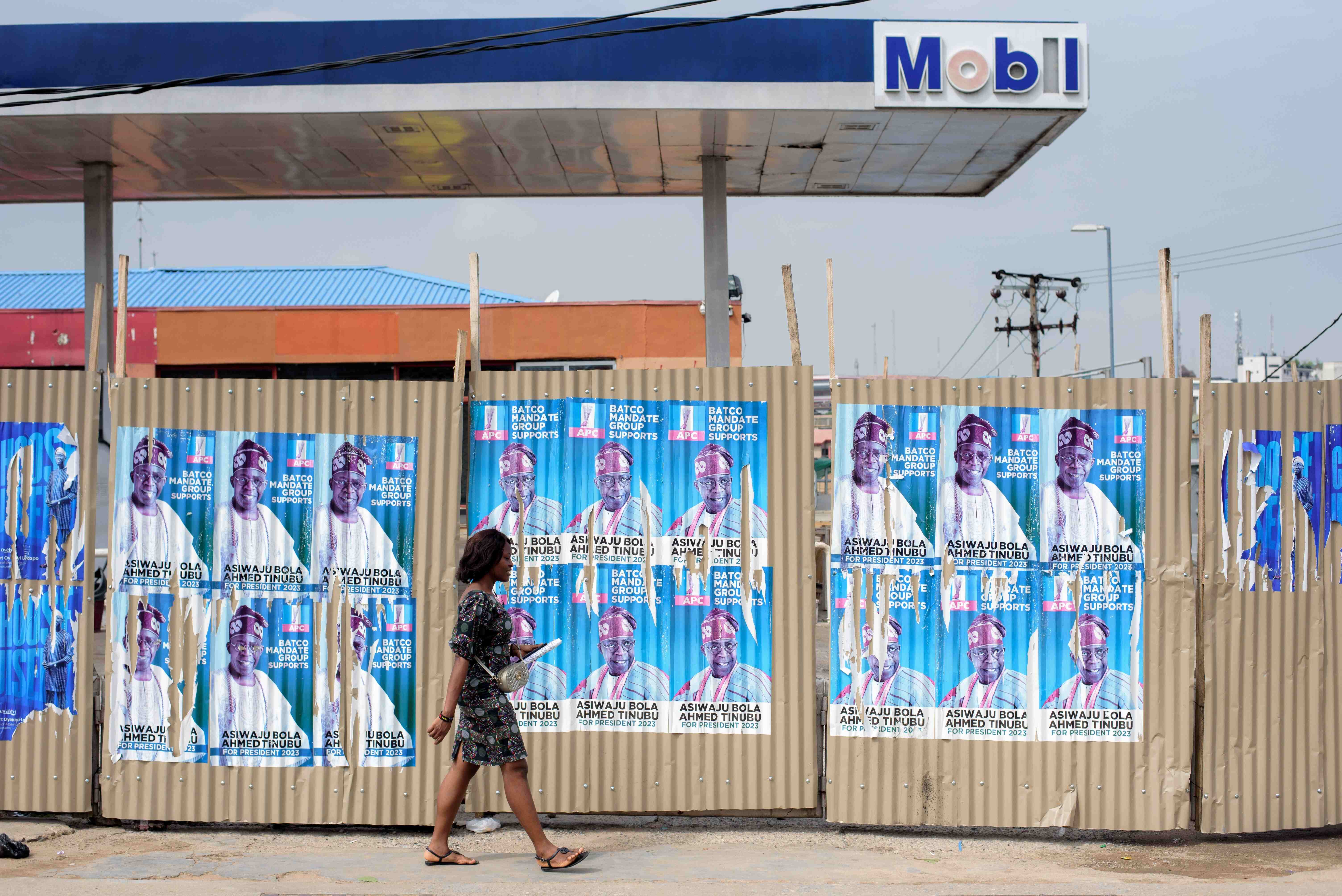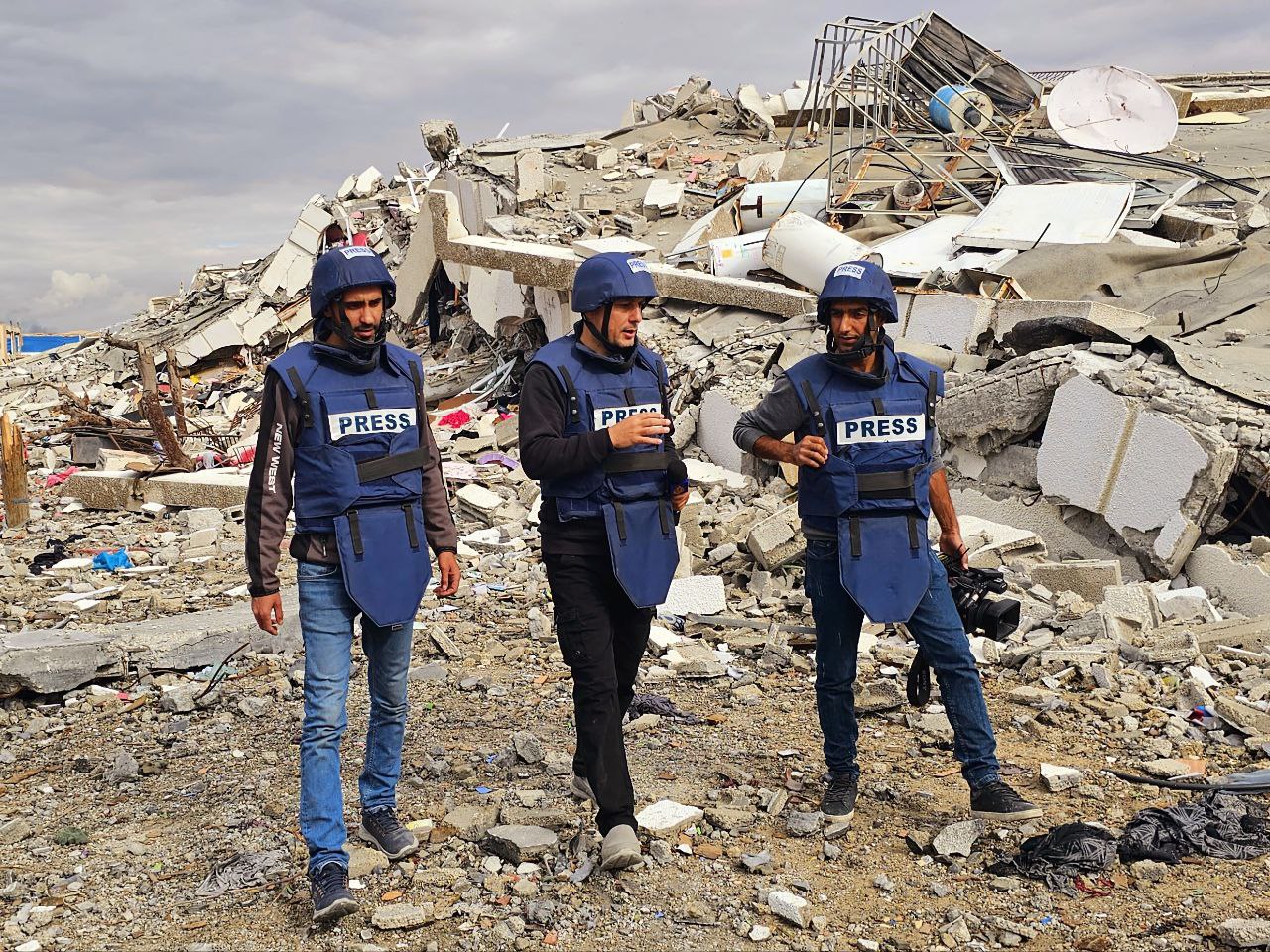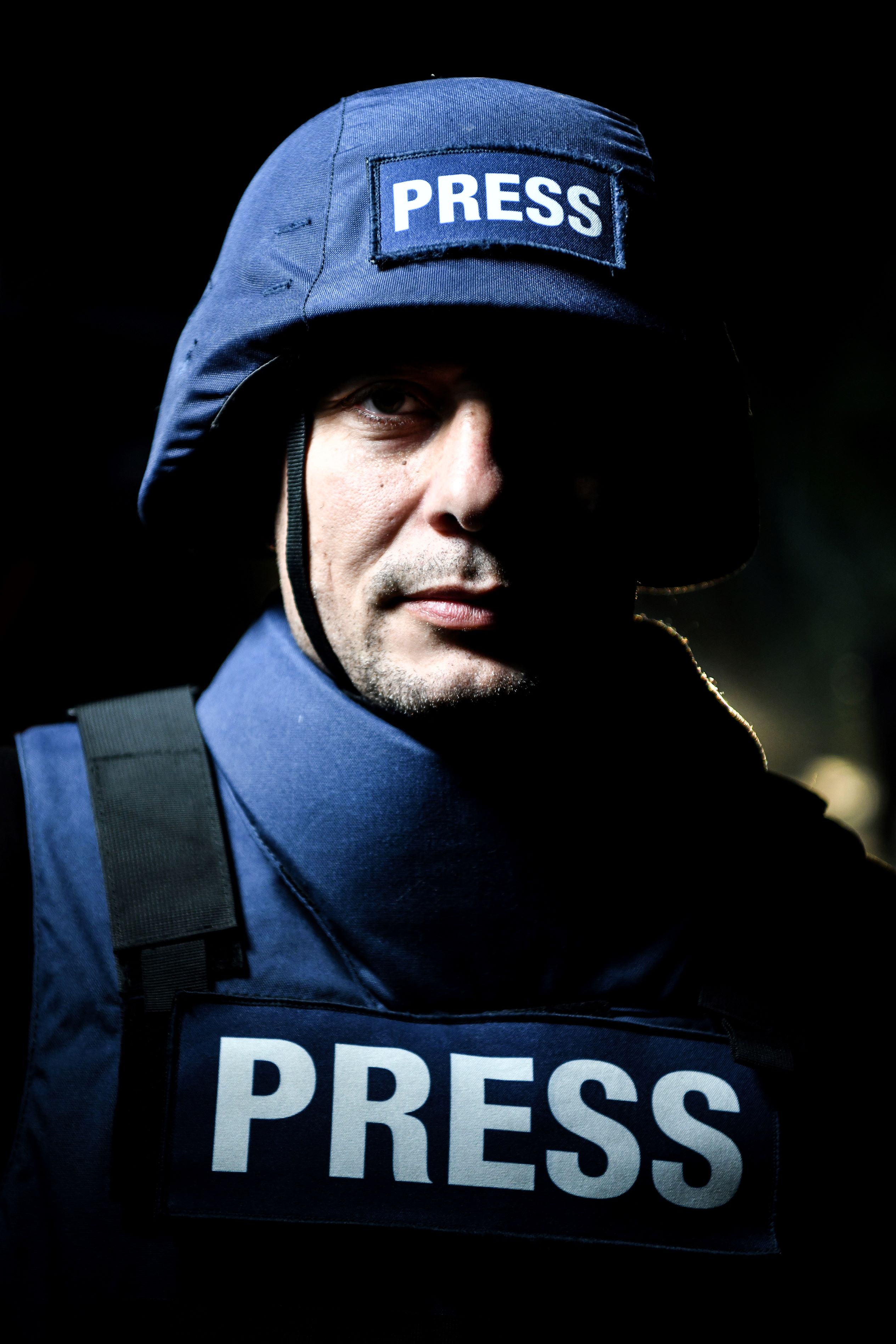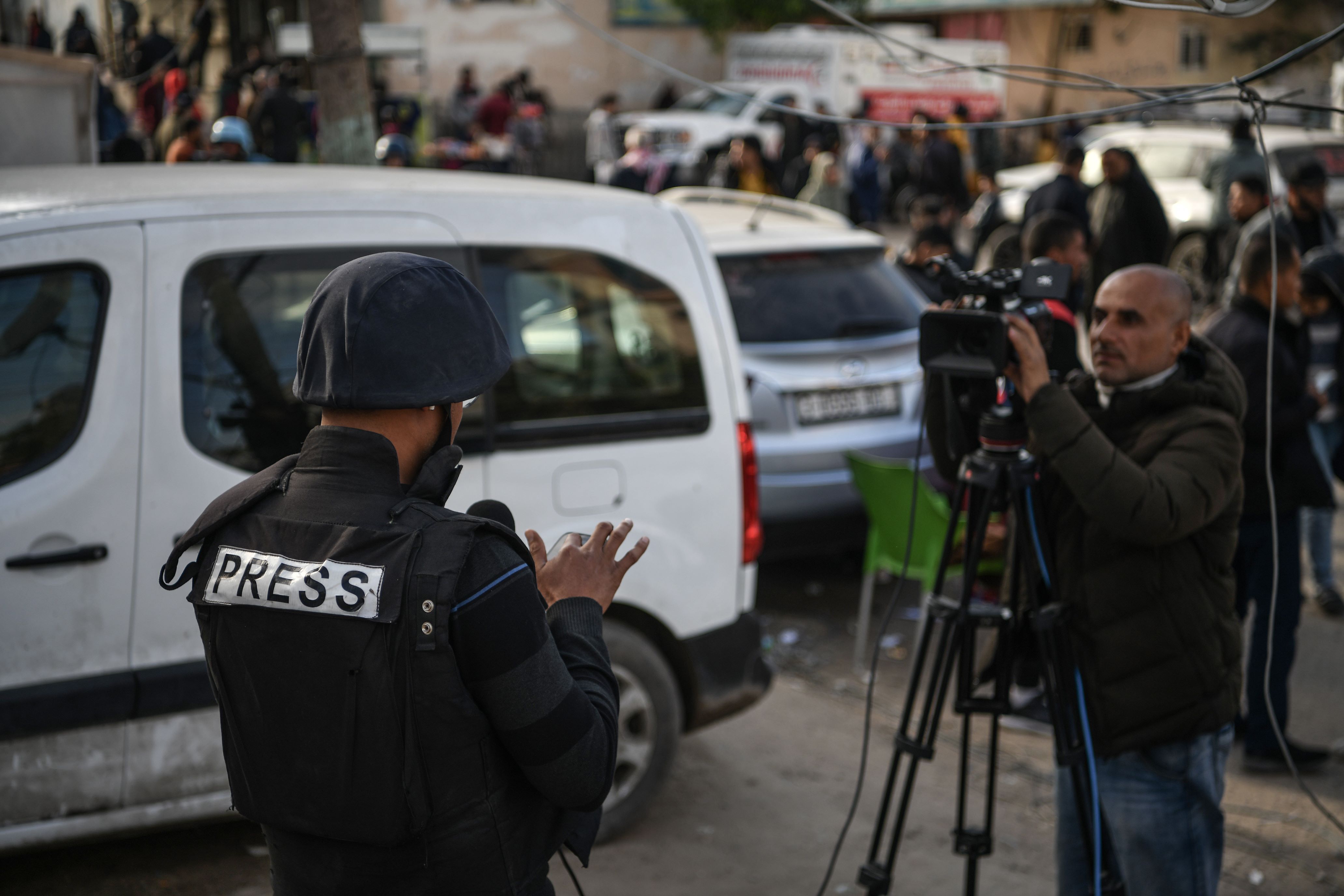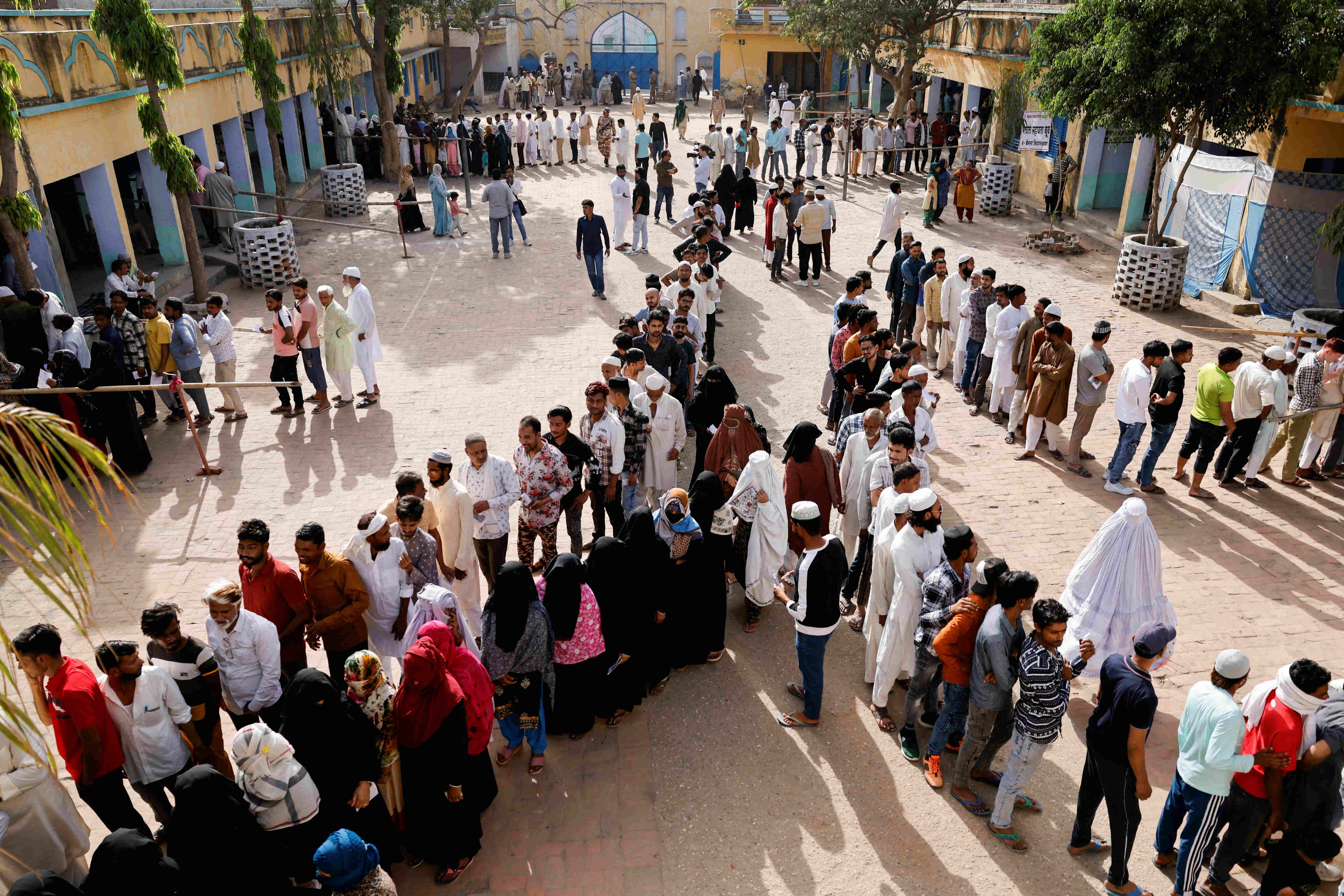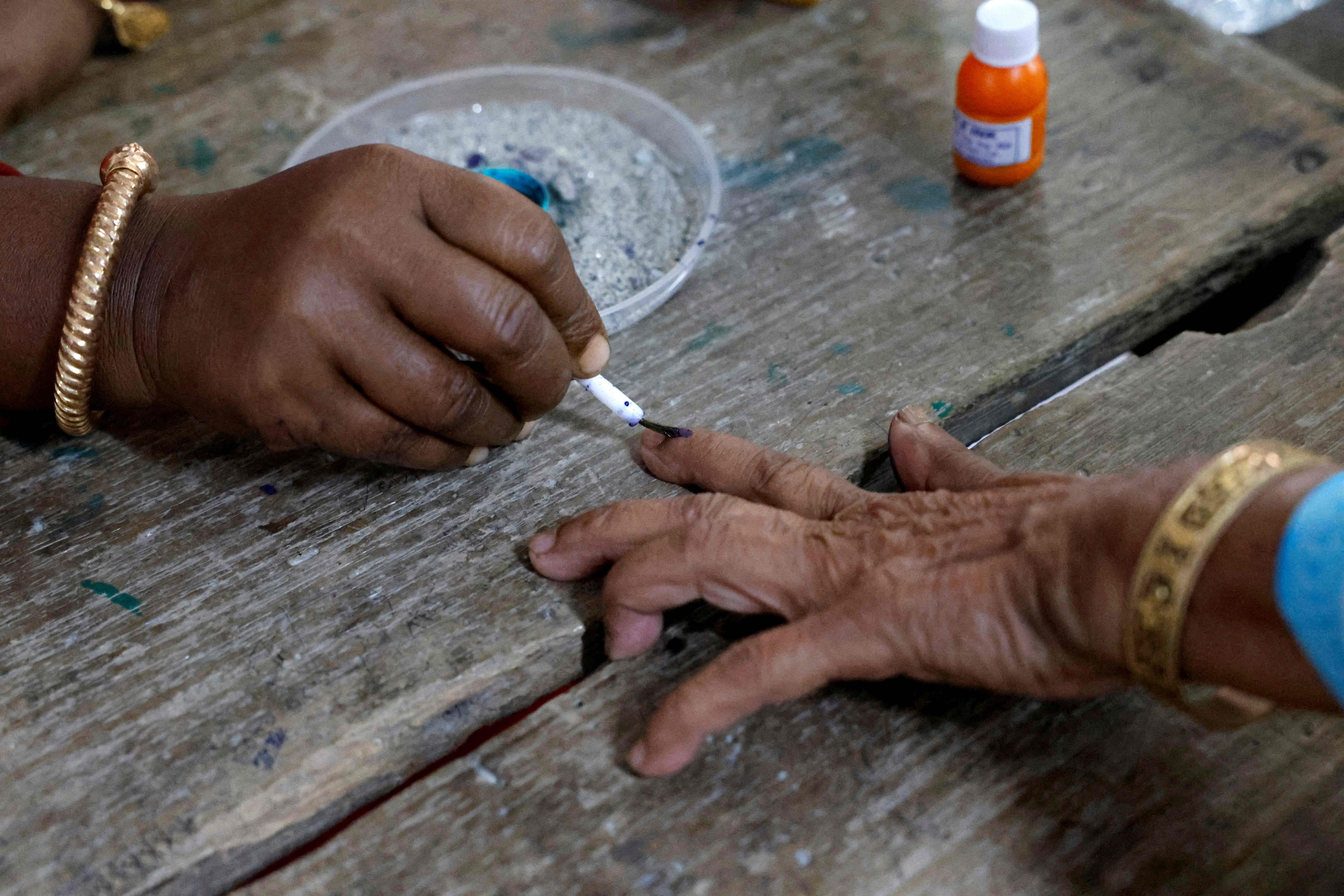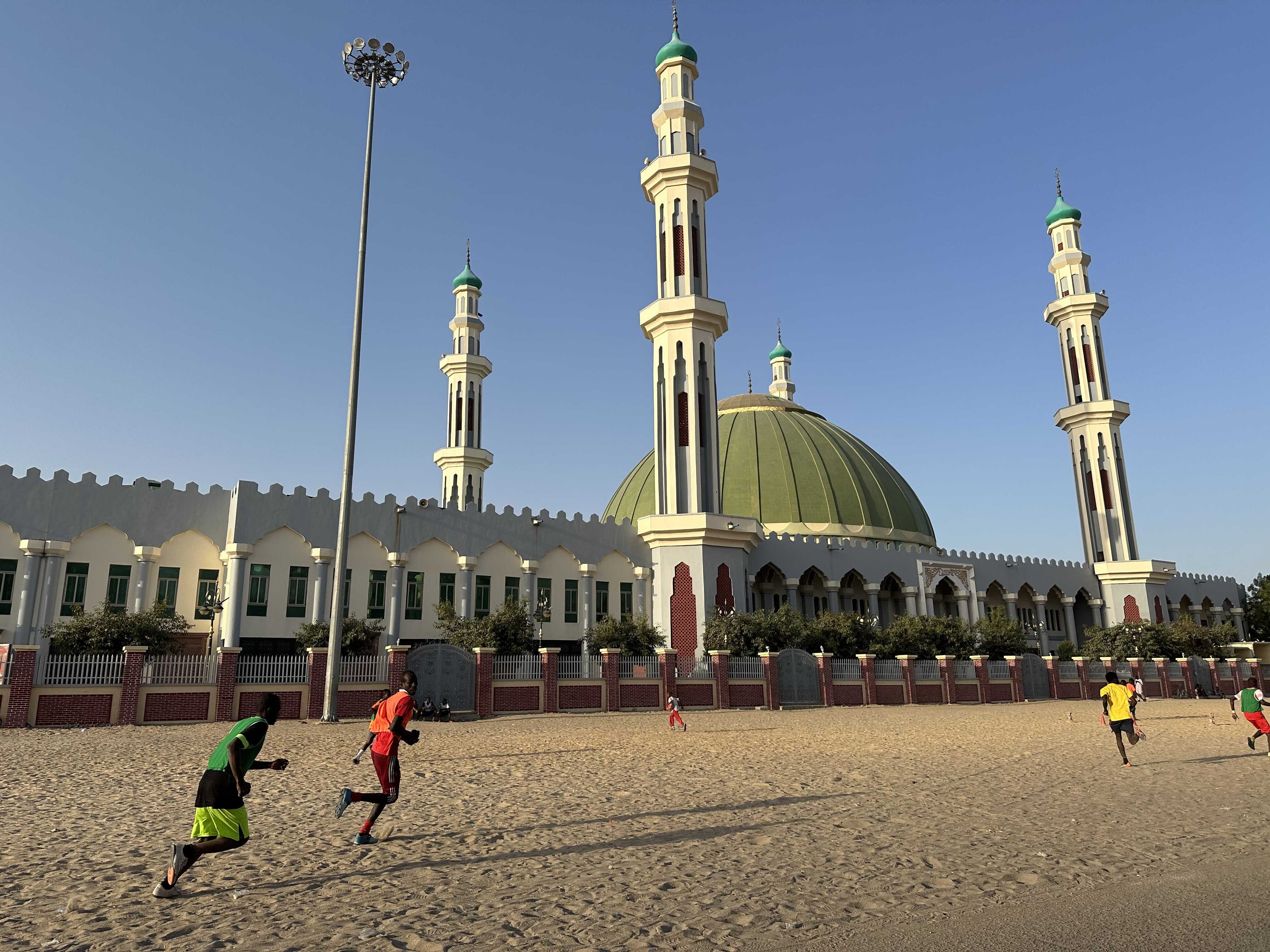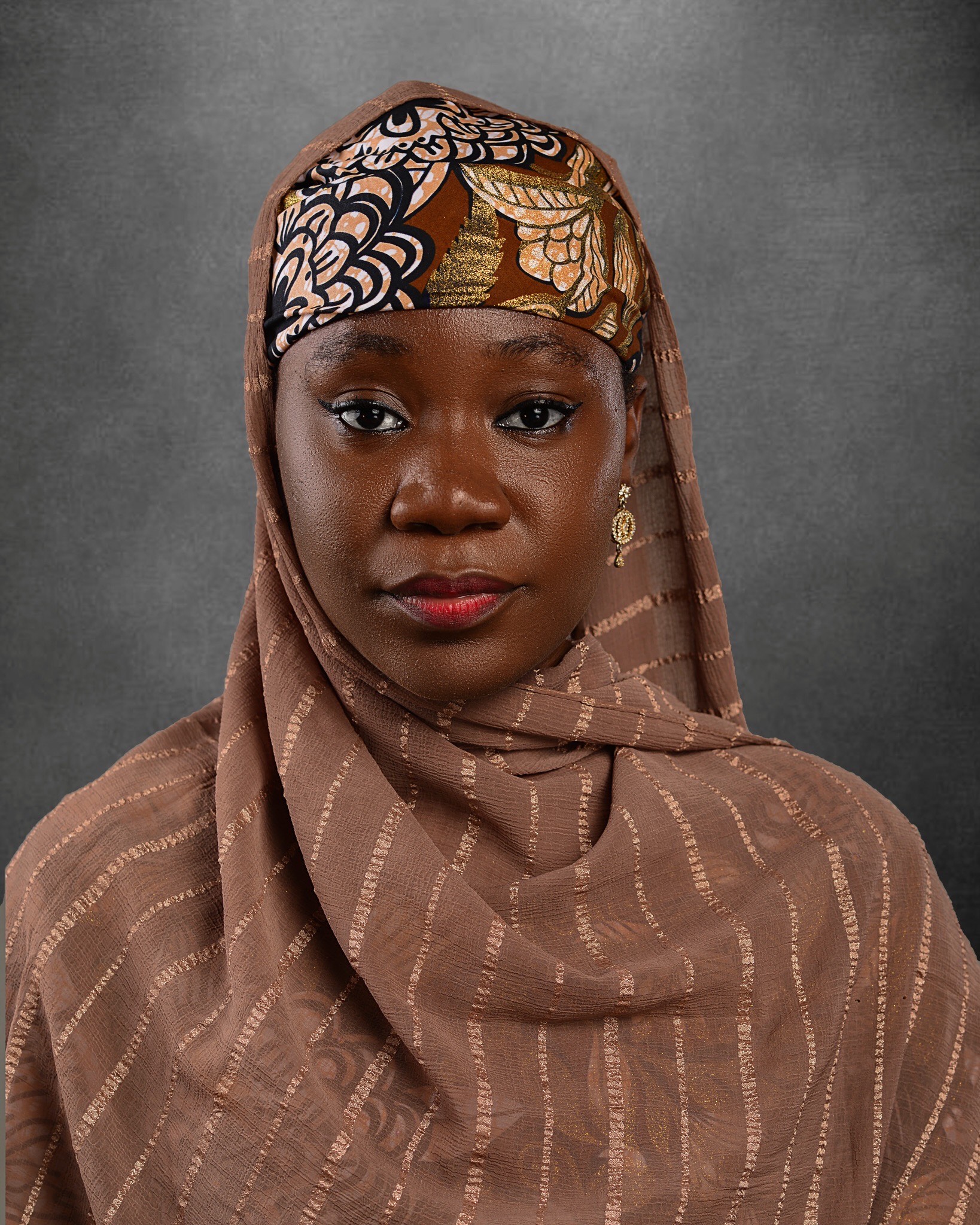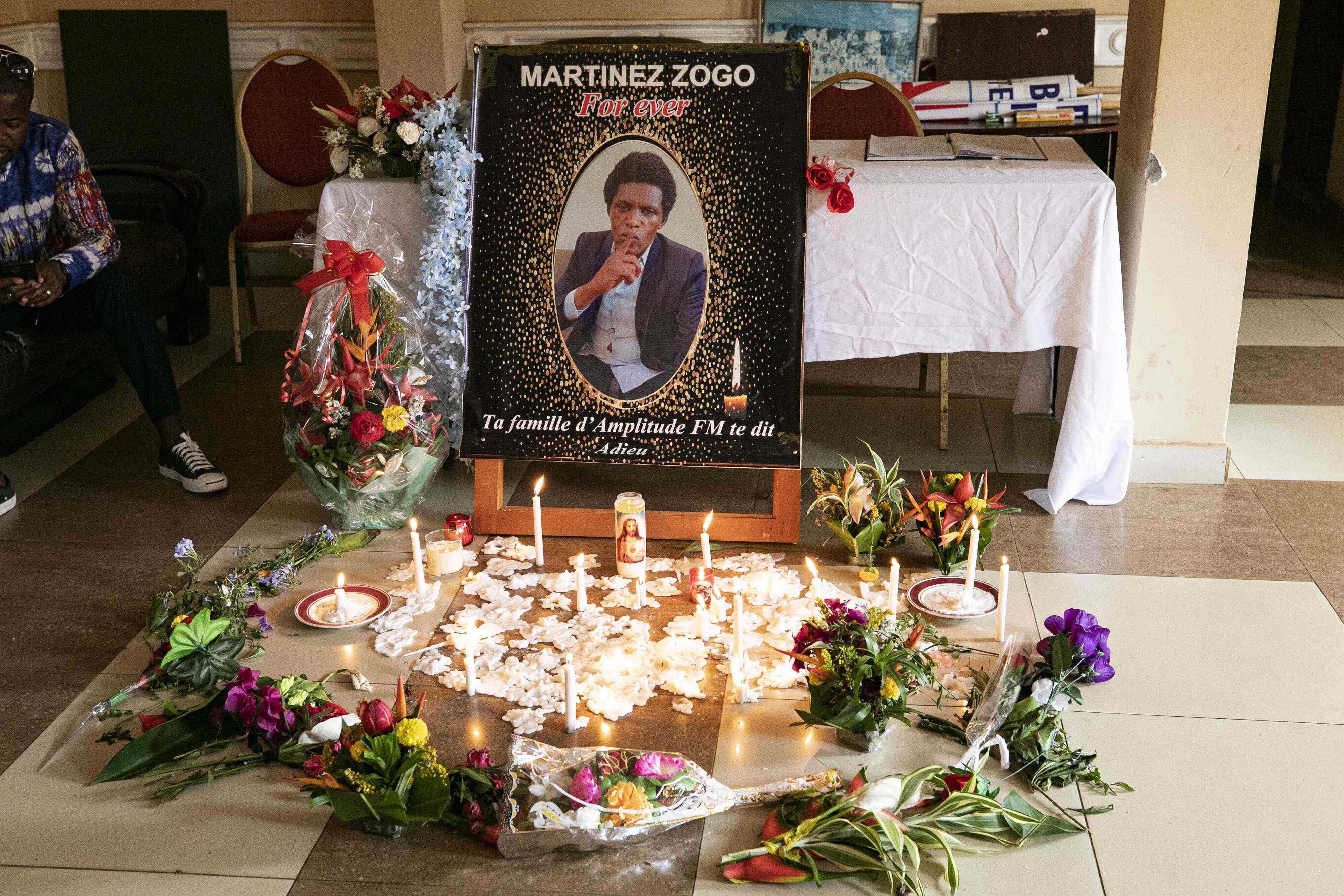الصوت في الفيلم الوثائقيّ لا يقلّ أهمية عن الصورة، فمن خلال توظيف الصوت بالشكل المناسب تُعزَّز الصورة، وفي كثير من الأحيان يمكن للصوت أن يرفع من قيمة التأثير البصريّ للفيلم الوثائقي. وهناك ستّة أنواع للأصوات الموظّفة في الفيلم الوثائقيّ (1)، يأتي في مقدمتها ما يُعرف بـ"التعليق الصوتيّ" أو "التعليق السردي"، وهو أحد الأنواع الصوتيّة الاختيارية في الفيلم الوثائقي، ونستطيع القول بأنّ الأفلام الوثائقيّة التي تستعين بالتعليق الصوتيّ هي الأكثر شيوعاً (2). ويقع في ظنّي بأنّ التعليق الصوتيّ يعتمد على عوامل أربعة تساهم في تحديد هويته ومستوى فعاليته في الفيلم الوثائقيّ:
1- صياغة نصّ التعليق الصوتيّ: يستطيع المخرج أو مساعد المخرج أو الباحث والمعدّ الرئيسيّ للفيلم صياغة التعليق الصوتيّ، ويُراعى في كتابة التعليق جانب إثراء الصورة وليس الوقوف على وصفها أو تكرار ما جاء على ألسنة المتحدثين في الفيلم، بالإضافة إلى استخدام اللغة المناسبة لطبيعة الفيلم.. وكلما كانت اللغة سلسة ولا تعاني من ثقل في معناها أو في لفظها، كان استقبال المشاهد لها أسرع وفهمه لمضمونها أدقّ، كما أن النص المكتوب للتعليق الصوتيّ ليس نصّاً أدبيّاً بحتاً كما الشعر والرواية، فجانب رصد الواقع هو الطاغي في تعليق الفيلم الوثائقي. من المهم ألّا تُصاغ فقرات التعليق كأجزاء منفصلة وكأنّ المشاهد يتنقّل بين عدّة "كليبات"، بل إنّ طبيعة تعليق الفيلم الوثائقي تعتمد على خاصيّة الاستلام والتسليم ضمن منظومة واحدة، حتى وإن كانت هناك عدّة ملفات يناقشها الفيلم لابدّ من إيجاد مسار واحد أو خيط يربطها جميعاً لتحقيق التّناسق. ومن الأسباب الرئيسيّة لفقدان التّناسق في صياغة التعليق هو استخدام الكاتب لأسلوب أينما وُجد الفراغ وُجد التعليق.. هذه الطريقة تجعل مهمّة التعليق هي الحشو، إذ يجب أن يأتي التعليق لو كان هناك حاجة له فقط.
وفيما يتعلق بصياغة التعليق للأفلام الوثائقيّة التحقيقيّة، نلحظ مشكلتين تعاني منها بعض نصوص هذه الأفلام.. الأولى، هي كشف النّص لنتيجة التحقيق مبكراً وحرق الفيلم. والمشكلة الثانية، هي تكثيف استخدام عبارات التهويل للعمل التحقيقيّ وخلق حالة اضطراب دائمة في الفيلم من خلال تلك العبارات.. فلا يعني أنّ الفيلم تحقيقيّ ضرورة ملازمة الفيلم لوضعية "الآكشن" ففي النهاية هذا فيلم وثائقيّ وعليه إيصال المشاهد بتلقائية مُنسجمة مع القيمة الحقيقيّة للمعلومة التي يقدّمها الفيلم إلى نتيجة التحقيق.
2- تدقيق ومراجعة النّص: وهنا ليس المقصود فقط ضبط الجانب النّحويّ وسلامة اللّغة، بل يتعداه إلى المساهمة في إعادة صياغة بعض الجمل التي قد تكون طويلة فيتمّ اختصارها، أو يكون تركيبها ثقيلا ويمكن الاستعاضة عنها بجمل أكثر أريحيّة لِسَمع المشاهد، كما أنّ مِن مهام المدقّق لنصّ الفيلم الوثائقي حذف الأفكار المكرّرة، وإعادة لملمة النّص بحيث يصبح جسداً واحداً لا نشاز فيها.
3- أداء المعلّق الصوتي: قد يكون راوي التعليق الصوتي هو مخرج الفيلم أو أحد أعضاء فريق صناعة الفيلم كالمحقّق في الفيلم الوثائقي التحقيقي، وقد يكون أحد متحدثي الفيلم الرئيسيين ممّن تجتمع عنده أبرز محاور الفيلم، وقد يكون أحد معلقي الأفلام الوثائقيّة.. وهنا يجب مراعاة خامة الصوت والقدرة على التقمّص الصوتي لحالة النص المقروء، بحيث لا تكون كافة فقرات النص بذات النَّفَسْ ودرجة الانفعال، والموازنة بين الوصل والوقف في الجملة الواحدة، والاعتناء بالنّطق السليم لمخارج الحروف وعدم إضمار بعض الحروف خاصة في نهاية الكلمات.
وفي الفيلم الوثائقي، قد ترفص الأذنُ الفيلمَ قبل العين أحياناً لعدم استساغة صوت المعلّق، أو في بعض الحالات لكثرة تكرار اللجوء لمعلّق بعينه، الأمر الذي يصيب المشاهد بالملل. ولضمان أداء عال للمعلّق، يُستحسن حضور كاتب النّص لجلسة التسجيل لمساعدة المعلّق على الشعور بروح النّص وشرح بعض التفاصيل المتعلقة بمغزى هذه الجمل ليعطيها المعلّق حقّها، كما يُفترض أن يتجنّب الراوي الأداء الدعائي أو الأداء الشعري في قراءة النّص.
4- توزيع التعليق الصوتي على الفيلم أو العكس: يرى البعض بأنّ نص التعليق الصوتي هو المرشد للفيلم وهو الذي يدير عملية ظهور المتحدثين والأرشيف وكذلك توظيف الموسيقى الخلفية للفيلم، والبعض الآخر يرى أنّ نص التعليق الصوتيّ هو عنصر مُتضمَّن داخل الفيلم بحسب الحاجة، وأنّ جسد الفيلم هو المقابلات، أمّا الأرشيف والغرافيك والوثائق والتعليق وغيرها، فهي عناصر مكمّلة تسير وفقاً لتلك المقابلات. وفي كلا الحالتين توزيع التعليق يجب أن ينسكب داخل الفيلم متلائماً مع المقابلات، وألّا تطول المساحات التي يُترك فيها الكلام للراوي.
هوامش
(1) Das,Trisha, How to write a documentary script, New Delhi : Public Service Broadcasting Trust, (2007).
(2) Sheila Curran Bernard. “Documentary Storytelling for Video and Filmmakers”Focal Press Publications (2004).







